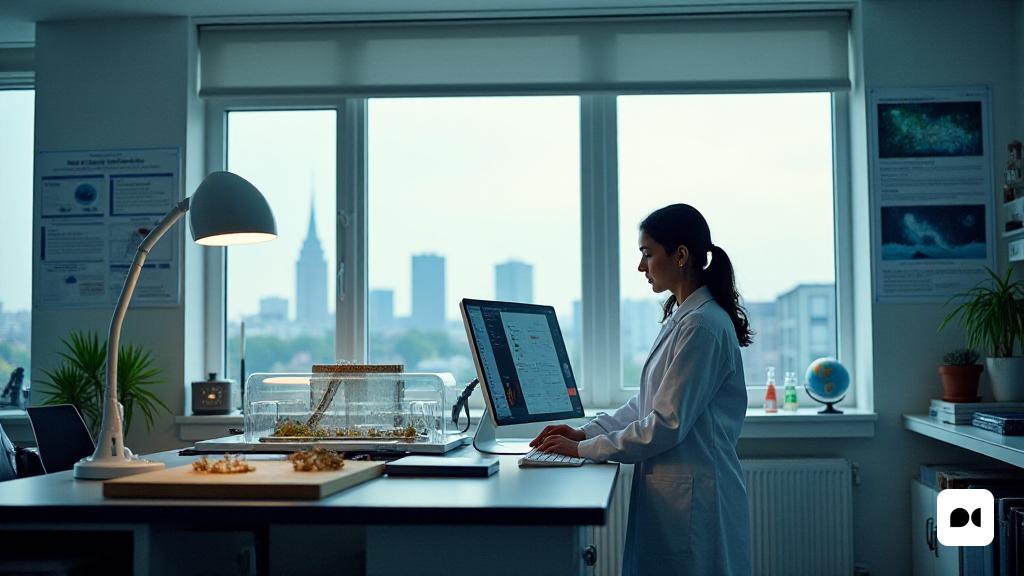Dialogue with Dr. Maria de la Fuente
In the heart of Brussels, Dr. Maria de la Fuente, a prominent scientist specializing in climate change, shares her concerns about the repercussions of methane emissions. With a doctorate in Ocean and Earth Sciences obtained at the National Oceanography Center at Southampton University, his experience has to explore new horizons in understanding climatic dynamics.
Their project in Brussels
Since 2020, Dr. De la Fuente has been immersed in an innovative project in the Department of Geoscience, Environment and Society. His work focuses on modeling the methane emissions that are generated in the ocean floor and in the permafrost areas, those frozen regions that have kept their ice for years.
What do these emissions involve?
The emissions that the Fuente studies are the result of the destabilization of the gasohidrats, which are ice structures that catch methane gas. His project is investigating whether the microbial communities present in marine sediments can absorb this gas before it reaches the atmosphere, a key aspect of understanding its impact on climate change.
The repercussions of methane on climate change
Dr. Of the Fuente he emphasizes that if the microbes do not absorb methane, it becomes a source of gas not considered in the climatic projections. Methane has much greater global warming potential than carbon dioxide, which makes its management crucial for the health of the planet.
Impact on the oceans
Research reveals that a change in ocean chemistry can affect its ability to absorb atmospheric carbon. However, the implications of this hydrate dissociation are not yet fully understood, and the work of Dr. De la Fuente seeks to clarify these uncertainties.
Their vision of political change
Dr. De la Fuente expresses his concern about the lack of political priority given to the climate crisis. He believes that political decisions are often made without regard to environmental well -being, a tendency that can be detrimental to the future of the planet.
What solutions are proposed?
According to the scientist, there is no unique solution to facing climate change. Reducing emissions involves deep change in the way they live and think, a transformation that has not yet materialized on political agendas.
Final reflections
Dr. De la Fuente warns that we are heading towards a climate reality that can be unsustainable for life as we know it. His perspective, which combines realism and concern, reminds us that our current society, with consumption that exceeds the capacity of the planet, needs an urgent review of its priorities to avoid an uncertain future.

